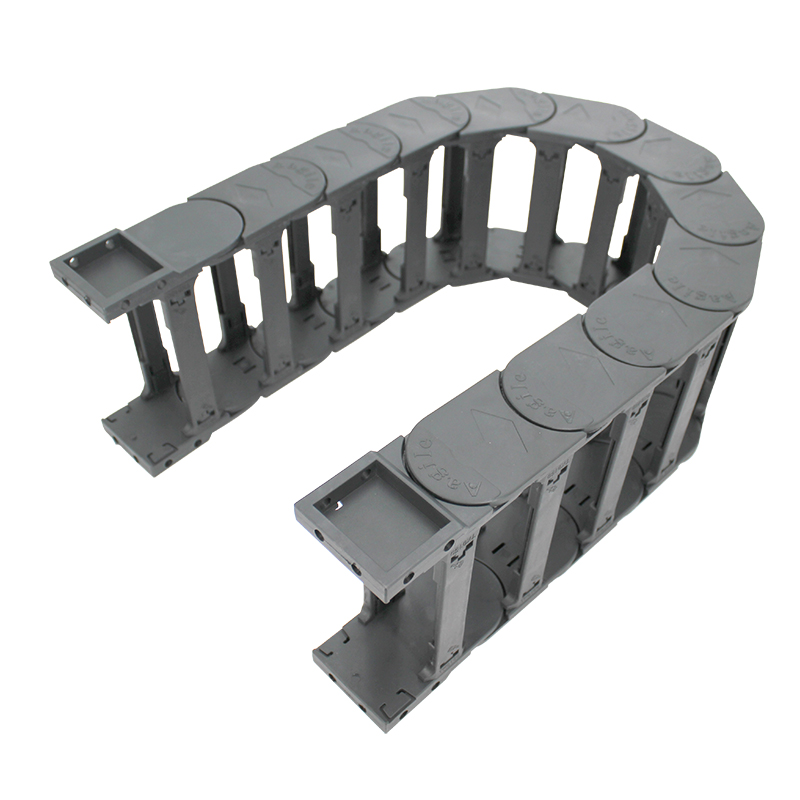Understanding the Advantages and Applications of Synchronous Belts in Machinery
The Synchronous Belt A Key Component in Mechanical Systems
In the realm of mechanical engineering, the performance and reliability of machinery often hinge on the efficiency of power transmission systems. Among these systems, synchronous belts play a pivotal role. Known for their unique design and functionality, synchronous belts are used in various applications ranging from automotive engines to industrial machinery. This article delves into the characteristics, advantages, and applications of synchronous belts, illuminating their significance in modern engineering.
Understanding Synchronous Belts
Synchronous belts, also referred to as timing belts, are essential components designed to transfer power between rotating shafts with high precision. Unlike traditional V-belts that rely on friction for power transfer, synchronous belts are characterized by their toothed design. These teeth interlock with corresponding grooves on the pulleys, ensuring that there is no slippage during operation. This interlocking mechanism is what allows synchronous belts to maintain a constant angular relationship between the shafts, making them exceptionally reliable for synchronous timing applications.
Synchronous belts are made from durable materials, including neoprene and fiberglass, which contribute to their strength and longevity. The insulation properties of these materials also mean that synchronous belts can operate effectively under a variety of environmental conditions, making them suitable for both indoor and outdoor applications.
Advantages of Synchronous Belts
One of the primary advantages of synchronous belts is their ability to provide precise and consistent power transmission
. This precision is crucial in applications where timing is critical, such as in the automotive industry, where the synchronization of the engine components affects performance and fuel efficiency. The prevention of slippage also leads to reduced maintenance costs, as synchronous belts do not require regular adjustments like traditional V-belts.Moreover, synchronous belts operate quietly compared to other belt systems. The interlocking teeth significantly minimize noise and vibration, which is advantageous in applications where noise reduction is a priority. Additionally, synchronous belts tend to have a longer operational life, as the wear and tear associated with slipping and misalignment are greatly reduced.
synchronous belt

Applications of Synchronous Belts
Synchronous belts find extensive use across various industries, showcasing their versatility. In the automotive sector, they are commonly employed for timing belts that synchronize the crankshaft and camshaft. This synchronization is vital for the engine's performance, ensuring that the intake and exhaust valves open and close at the correct times relative to the position of the pistons.
Beyond automotive applications, synchronous belts are prevalent in manufacturing and automation. They are used in conveyor systems, robotics, and machinery that require precise positioning and movement. The pharmaceutical industry also utilizes synchronous belts in packaging and production equipment to maintain accuracy and speed.
In addition, with the advent of advanced technologies, synchronous belts have found roles in emerging fields such as 3D printing and CNC machining. The ability to transmit power accurately and efficiently ensures that these devices operate at optimal performance levels.
Conclusion
In summary, synchronous belts represent a critical innovation in power transmission within mechanical systems. Their toothed design, which facilitates reliable and precise operation, sets them apart from traditional belt systems. The myriad of advantages they offer, such as reduced maintenance, longevity, and noise reduction, has led to their widespread adoption across various industries.
As technology continues to evolve, the prominence of synchronous belts is expected to grow, adapting to meet the demands of more sophisticated machinery and applications. For engineers and manufacturers alike, understanding the benefits and functions of synchronous belts is indispensable, paving the way for improved efficiency and innovation in mechanical design. These belts may be small components, but their impact on the performance and reliability of complex systems is undeniable.








